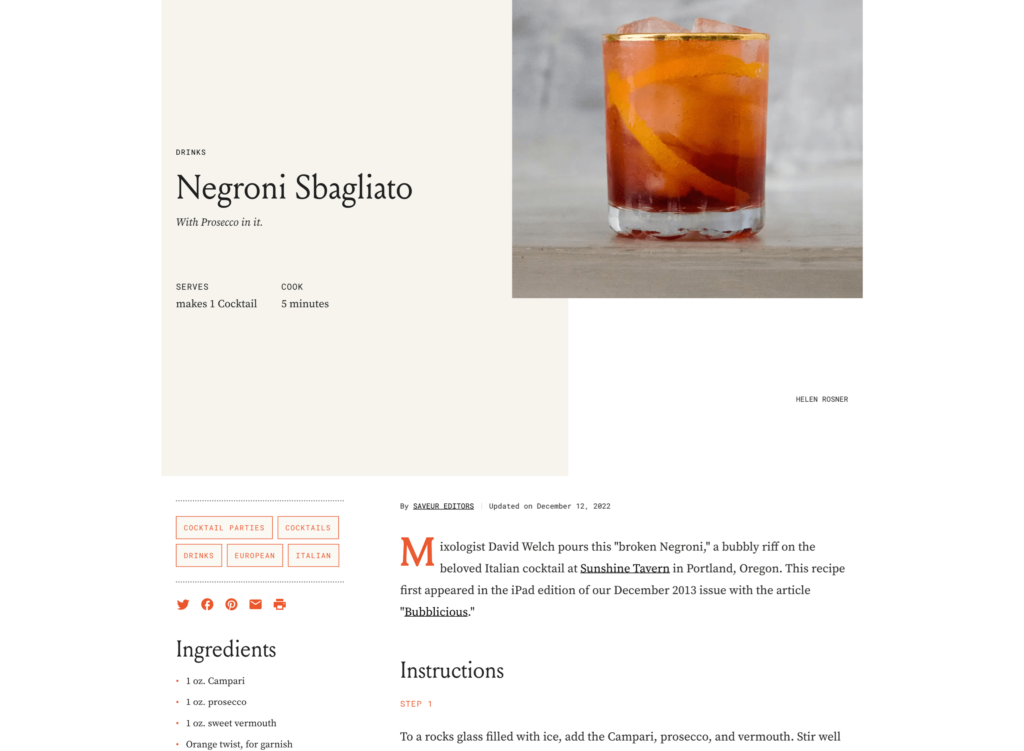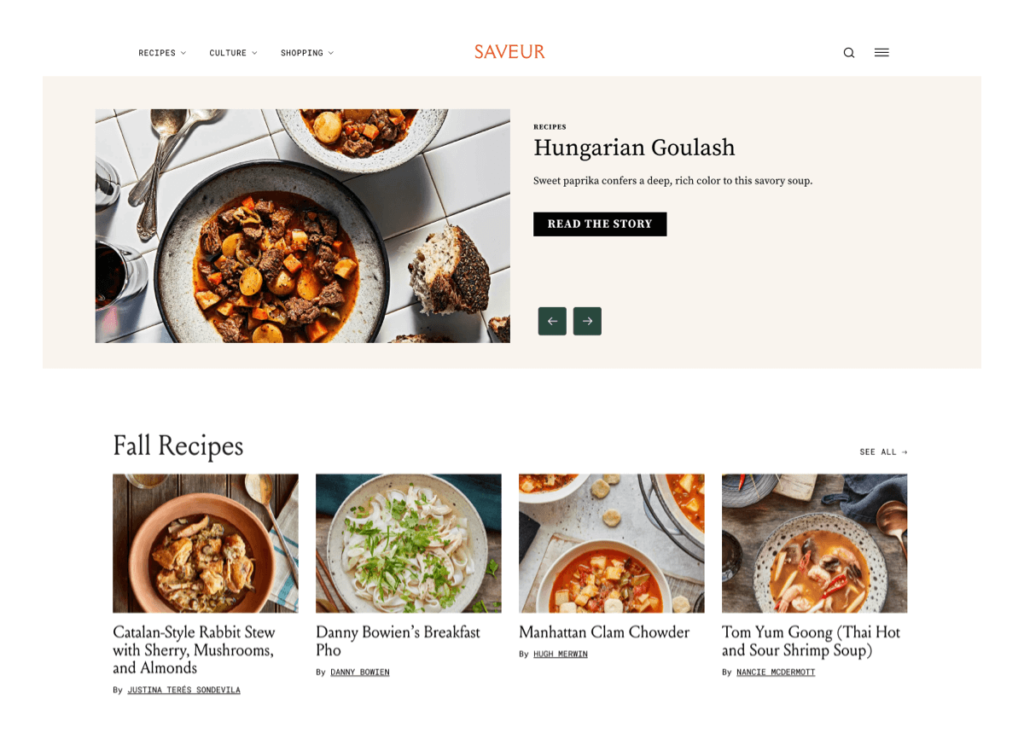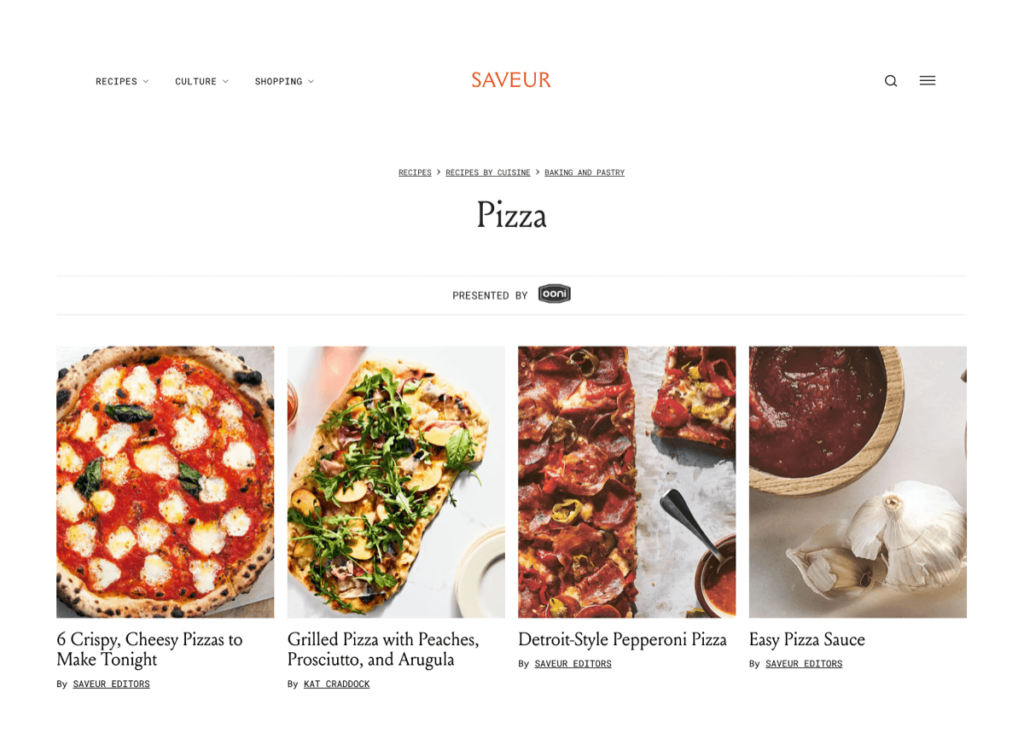For well-established content websites, Drupal 7 has previously provided audience and revenue growth. Unfortunately, the next version of Drupal could cost your business years of forward momentum.
Any publisher currently using Drupal 7 faces an uncertain future.
Drupal announced in June 2023 that it would be extending the end-of-life date for Drupal 7 for a third and final time. While this might seem like a relief on the surface, the announcement only serves to extend the gray cloud hanging over the heads of hundreds of thousands of sites who have relied on Drupal’s software to support their publishing efforts for the past decade.
In this overview, we’ll share no-nonsense insights about the challenges all Drupal CMS 7 publishers face over the coming months (some of which have probably begun without your knowledge). Then, we’ll share our take on the most sustainable options to grow your audience and revenue when saying goodbye to Drupal 7.
Let’s find a CMS solution that will provide you the stability and support you need for decades to come.
Sincerely,
Justin DeMaris, CTO Flexpress
Flexpress: 200M+ Visitors Served per Month
More Drupal Releases, Higher Maintenance Costs
Drupal CMS has had a history of highly inconsistent release cycles. As highlighted by OSTraining, a product roadmap for Drupal was not available until April 2018, despite the product being on the market since 2001. They showcase how problematic this disorganization was for Drupal developers around that time, stating that “the development of Drupal 8 dragged on for over 5 years”.
In Dries Buytaert’s (founder of Drupal) blog post, he shared these three roadmap items:
- Drupal 7 will be end-of-life in November 2021
- Drupal 9 will be released in 2020
- Drupal 8 will be end-of-life in November 2021
Two of the three targets were met, but Drupal elected to defer the Drupal 7 end-of-life date three times:
- Unofficially in 2021, when November target was not met.
- Officially in February 2022 to November 2023.
- Officially in June 2022 to January 2025.
It’s easy to understand why they would want to extend this date, as 47% of all Drupal sites are running on Drupal 7.
But publishers are put in an uncomfortable position when it comes to what to do next. Drupal is now releasing at a near-monthly frequency, with some major questions around how long you’ll get a usable site on their next release before needing to migrate* again:
- Drupal 8: Reached end-of-life in 2021 (6 years)
- Drupal 9: Will reach end-of-life in 2023 (3 years)
- Drupal 10: Released in 2022 (TBD)
*Because of significant differences in architecture, Drupal has already categorized the move from Drupal 7 to Drupal 10 as a migration rather than an update/upgrade.
Publishers deserve stability and clarity about the future support for their CMS.
Reduced Security & Support for Drupal CMS 7
When digging into the final extension’s security advisory, it’s clear to see the real-world impacts that are much more pressing issues for publishers to address than a January 2025 target date would imply. Starting August 1, 2023:
- The Drupal Security Team may publicly post moderately critical issues affecting Drupal 7 in the public issue queue for resolution instead of addressing them directly.
- Community modules and themes that are flagged as “unsupported” (by the developers or by the Drupal team) will not be able to return to “supported” status.
- Drupal 7 will no longer support PHP 5.5 or lower, resulting in necessary updates to even sites that try to stick it out on Drupal 7 longer.
- Windows-only issues will no longer receive security fixes.
- Drupal.org will no longer create Drupal 7 distribution packages.
With heightened security risks and reduced support, publishers cannot afford to wait for the official end-of-life date to migrate their sites.
Get to Know Flexpress
Flexpress’s CMS solution supercharges sustainable audience and revenue growth for publishers. Our modern engineering architecture allows media publishers to unlock more value for their visitors and their staff than WordPress alone with:
- Headless Frontend: Built using Next.js and React instead of an outdated approach blending UX code with backend PHP, Flexpress’s headless frontend connects to the editorial backend via a GraphQL API to boost page speed and performance.
- Expanded WordPress Toolsets: Flexpress combines the familiar, intuitive WordPress editorial experience with specifically-designed features to increase visibility to Google, as well as syndication feeds including Apple News, Flipboard, and Smartnews.
Unique benefits of Flexpress:
- A fast, flexible frontend for designing engaging audience experiences while simultaneously improving search rankings.
- Vetted, out-of-the-box features specifically for publishing, including schema blocks, syndication controls, recirculation modules, author pages to emphasize E-E-A-T, sponsored content blocks, commerce tools, and media SaaS integrations yielding improved SEO, syndication, and earnings.
- Lower engineering overhead costs due to our modern, developer-friendly codebase that enables faster redesigns and top-tier site stability.
Writers Prefer Flexpress
“Flexpress is easy to use, it feels stable, and it’s intuitive and quick.”
”I am deeply involved in the CMS in the sense that I use it every day, multiple times a day. As journalists know, the only way to get content out there in the world is through a CMS—and so I am “knee deep” in the CMS all the time. As I have worked with a lot of CMS’s, I would say that the CMS we're using right now is the best that I've seen. Flexpress is easy to use, it feels stable, and it’s intuitive and quick, which is critical when I need to get a story up as quickly as possible.
Rob VergerTechnology Editor, Popular Science
Top-Notch Developer Support
Using Flexpress, publishers realize significant engineering cost savings. Development projects are faster for engineers thanks to Flexpress’s intuitive headless architecture. Flexpress also replaces rote, ongoing engineering costs with self-service tools made for editors. Finally, Flexpress also provides hosting and security infrastructure that makes publisher sites faster, more GDPR/CCPA compliant, more secure, and more reliable.
That’s why today’s engineers love building on Flexpress.
”I strongly advise publishers move to Flexpress instead of another WordPress platform. The architecture is superior and it is faster to build on Flexpress versus any standard WordPress platform. Working with ◊, we can just focus on user experience as the technology removes all of the Deveops stuff that normally takes up so much of our time.
Greg AllenCEO and Founder, First + Third
Beautiful User Experiences
Publishers choose Flexpress to create beautiful, fast websites that engage audiences.
”Flexpress's user-friendly developer infrastructure helped us implement a complete site-design overhaul in under 30 days; we immediately saw our time on site increase by more than 25 percent. Now, we rely on Flexpress's integrated analytics—across SEO, content management, programmatic ads, direct-sold campaigns, and affiliate revenue—to ensure we’re making the smart and data-driven decisions that allow our business to thrive, while providing our readers with the premium culinary content they’ve come to expect from our brand.
Kat CraddockEditor-in-Chief & CEO, SAVEUR
Saveur infrastructure upgrade impact:
Migrations Are Scary — Flexpress Has Drupal Users Covered
Moving from Drupal 7 to Drupal 9/10 is not as simple as a basic upgrade. Migrating to either of these latest versions requires a deep understanding of specialized migration modules and takes more investment, time, and resources. You may even need to rebuild some of the modules and components you use in Drupal 7 from scratch depending on their compatibility with the version you’re migrating to, and many off-the-shelf modules you may rely on aren’t ready for the upgrade either.
Now is an opportune time to evaluate your technology strategy and consider how much you’d like to put into your next major CMS update.
Flexpress partners with leading engineering and development agencies to execute migrations — all of which are deeply familiar with Drupal-to-Wordpress transitions. Our partnerships have enabled Flexpress to offer affordable, pay-as-you-go options for those who want to remove the barrier of upfront migration costs.
During site migrations, Flexpress works tirelessly to improve publishers’ data schemas, taxonomies, sitemaps, E-E-A-T, and site performance. This detailed effort, combined with the underlying technology, results in material post-migration improvements to traffic and earnings for our publishers.
Traffic Growth (Flexpress vs. Previous CMS)
Improvement in page views for first six (6) months after migrating off of ArcXP:
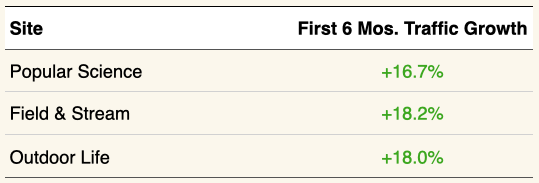
Source: Google Analytics.
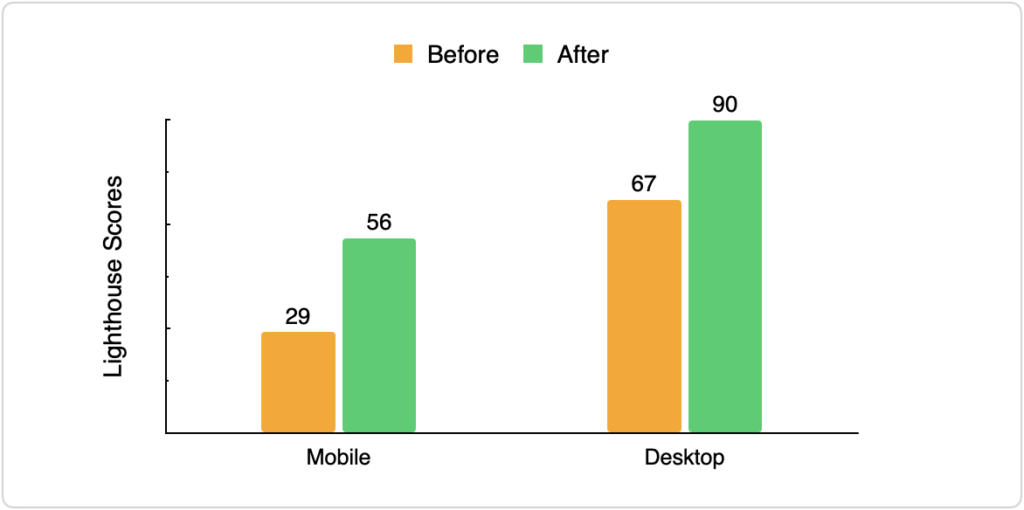
Learn More About Us
High-traffic websites earn more money with Flexpress and Refact.
We provide one digital content infrastructure platform that unifies CMS, hosting, monetization, and first-party data to deliver 15x faster site speed, 23%+ growth in audience and revenue conversion, and 30%+ gains in web engineering efficiency.
”Flexpress helped us implement a complete site-design overhaul in less than 30 days. We immediately saw monthly pageviews increase 24%+, and time on site increase 29%+. With Flexpress as our technology stack, we’re providing our readers with premium culinary content that they expect from our brand.
Kat CraddockEditor-in-Chief & CEO, SAVEUR
Saveur infrastructure upgrade impact:
10up Recommends Flexpress for Publishers
“Flexpress is well aligned with our recommended CMS strategy for publishers.”
”As 10up has learned through its decade-plus working alongside enterprise content publishers, the majority of publishers with custom-built platforms — even when built atop a framework like WordPress – invest the majority of their time and effort in building nearly identical functionality. There is value in outsourcing the distraction of product managing the entirety of a content focused CMS [...] Flexpress is well-aligned to this approach.
Phil CrummSenior Vice President, Marketing & Growth, 10up






























